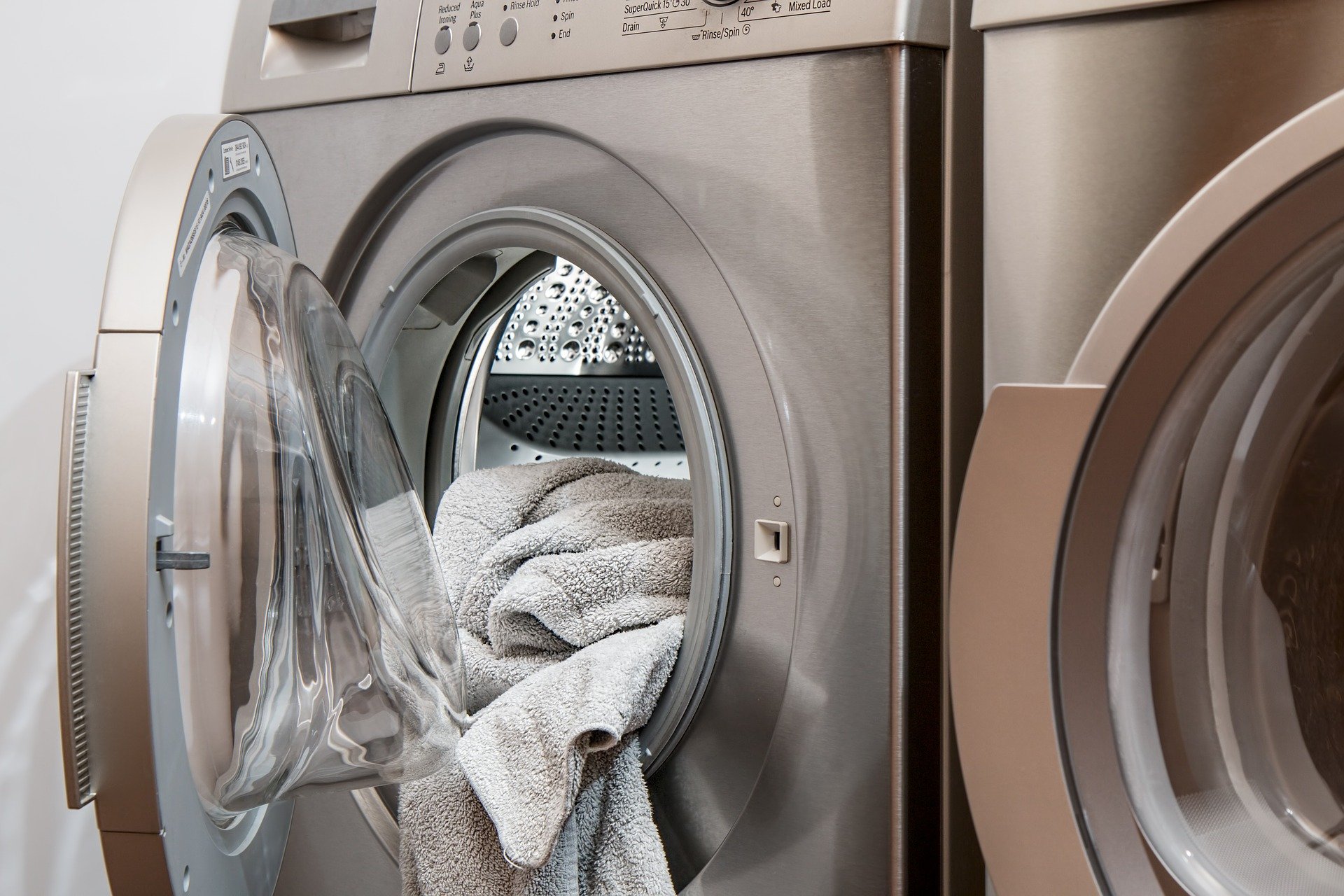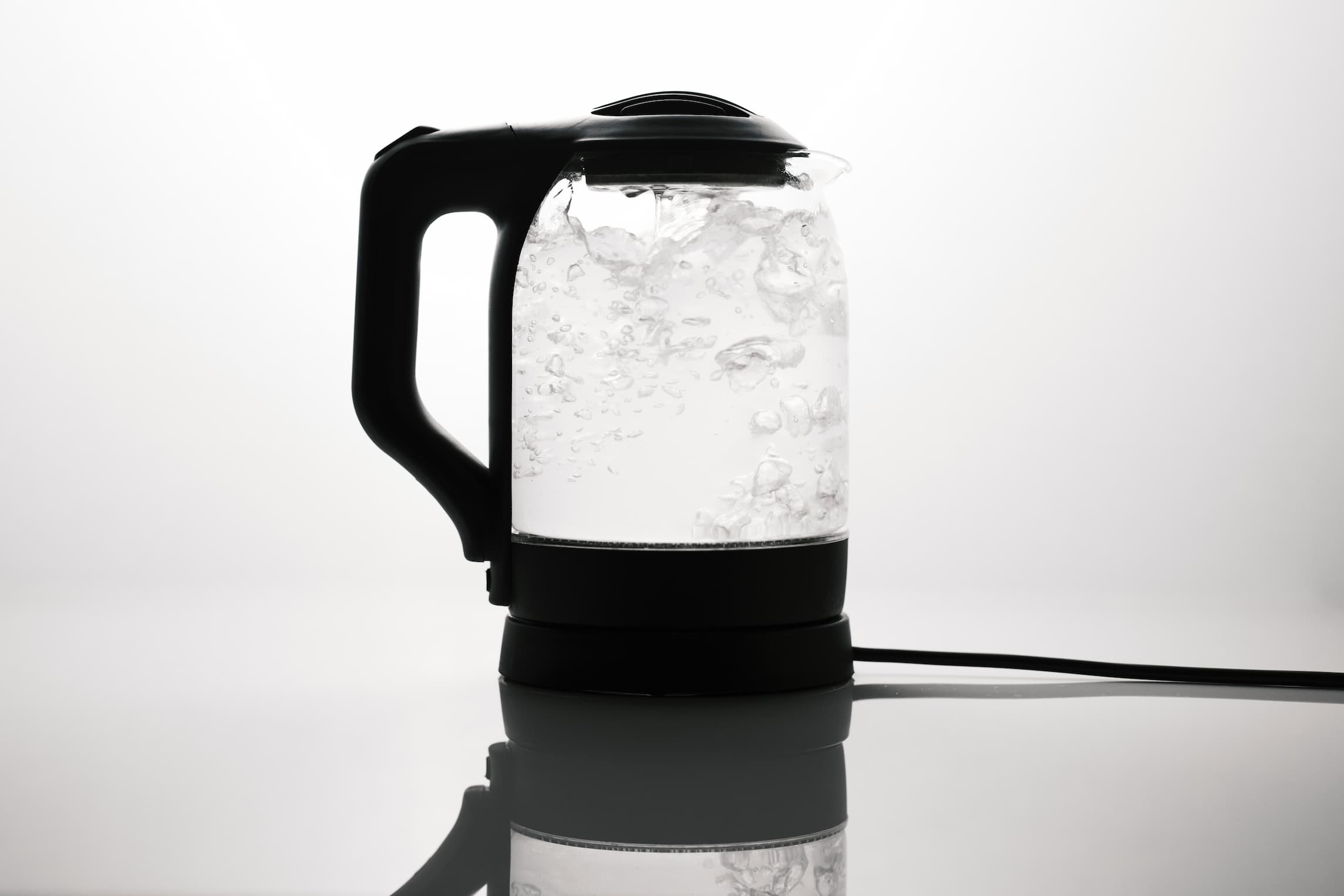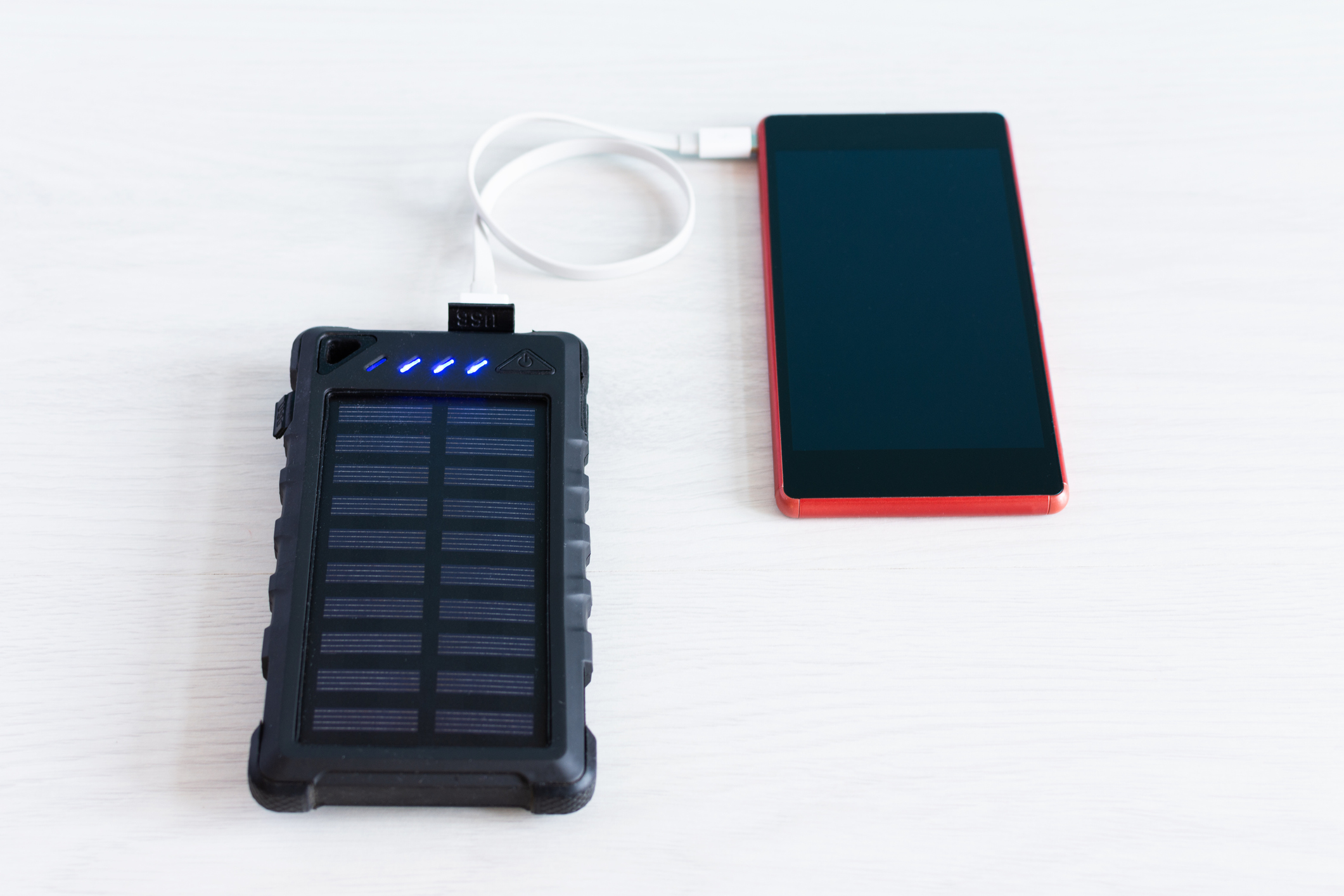Success
Ten Ways to Reduce Your Energy Bill This Spring
Over the past few weeks and months, energy prices have soared, and from what we've heard, the upward trend is only set to continue. To help you navigate the situation, we've put together a few tips on how to cut back on your energy consumption. So here's how to knock a few euros off your future electricity bills:
1. Unplug or switch off appliances
Keeping appliances on standby might be costing you more than you think. Shutting them off fully could save you up to 20% on your annual electricity bill, according to Switcher.ie.
Think TVs, game consoles, desktop computers, microwaves, speakers, and plugged-in phones, laptops and tablets.
2. Skip the odd tumble-dry
Time and again, tumble-dryers top the list of home appliances that consume the most energy. Unfortunately, our country's changeable weather leaves us with no choice but to rely on the appliance all year round.
With rising electricity prices, however, it might be worth skipping the odd tumble-dry during the week. If you've got that extra bit of space, set up a clothes horse next to a radiator (or an open window if it's not raining). This could help you cut down on a couple of dryer loads a week.

If you're thinking about replacing your tumble-dryer, check out this handy guide on the long-term cost-saving benefits of buying one with a high energy rating.
3. Switch to LED lightbulbs
If you haven't done so already, now is a good time to replace all of the incandescent lightbulbs in your home with LED ones. Although the latter costs more upfront, the long-term savings are totally worth it.
Depending on the manufacturer, LED bulbs have an average lifespan of 5-20 years, while you might only squeeze 3-4 months out of an incandescent bulb. The switch can lead to huge savings on lightbulb purchases and energy consumption in the long run.
4. Turn down the heat
For most Irish households, heating accounts for the biggest chunk of the electricity bill. Again, it can be hard to cut down on this when the winters are long, damp, and cold.
But you don't have switch the thermostat off altogether to make savings. According to Switcher.ie, you can save up to 10% on your electricity bill when you turn down the heat by just one degree.
5. Don't overfill the kettle
Now here's a kitchen appliance most of us couldn't do without. Small yet mighty, the kettle ensures we get our tea and coffee fix throughout the day, but it can be costly to run. To prevent paying more than you have to for a cup of tea, only boil what you need. Try to avoid boiling the water twice too, as this can quickly add up.

Thinking of upgrading? Opt for a kettle that measures the water in 'cups' instead of millilitres - this will help you fill the right amount every time.
6. Install a timer or insulation jacket on your water heater
Ah, the dreaded immersion. It's been a staple of the Irish household for generations, and many know the pain of arriving home and realising that the appliance had been left on for hours — or God forbid — days.
Timers ensure that your water heater only gets to work when you need it to, and thankfully they're cheaper and easier to get your hands on these days. To retain heat in the cylinder (and lessen your energy costs) you can also purchase an insulation or 'lagging' jacket.
7. Wash at lower temperatures
Unless your clothes are very stained, washing them at 30 degrees is one of the easiest ways to save money on your yearly electric bill. In fact, the UK's Energy Saving Trust reports that you can save up to 40% by consistently washing your clothes at this temperature.
A washing machine is at its most energy-consuming when it's heating up water. While a 30-degree wash is still considered warm, it is far more economical than a 60 or even 40-degree one. Reserve higher temperatures for garments that need more of a scrub.
8. Conserve heat with a chimney balloon
If you're struggling to keep the heat of your open fire from escaping up the chimney, then a chimney balloon makes for a great quick fix. This is a draught excluder that can be fitted inside of your chimney to stop hot air from leaving the room.
Opt for a newer model like the 'Chimney Sheep.' These are made with wool and recycled materials, which means they are more effective and aren't prone to puncture like plastic chimney balloons.
9. Charge your phone with a solar power bank
Instead of keeping your phone plugged into the wall all night, consider getting your hands on a solar power bank. Portable and handheld, they are a great alternative to traditional power banks which require electricity to charge. They're relatively affordable too at €30-35.

Luckily for us in Ireland, the devices don't need direct sunlight to reach a full charge. Pop it on a windowsill (out of the shade) during the day and it should be ready to use by the time you go to bed.
10. Get an energy monitor
An energy monitor will show you how much energy your household is using at any given time. The monitor itself won't save you any money, but it's a useful tool for tracking how much energy you are consuming (without having to manually count or estimate the kilowatts yourself). By becoming aware of just how much electricity you are using —and precisely when you are using it — you'll be better prepared to make changes.